As brushes touched paper, participants were transported into the poetic world of China’s ancient scholars, where elegance and artistry intertwined. International students from Zhejiang University of Science and Technology, alongside American high schoolers from the 2025 “Smart Qiantang, Surging Hangzhou” Summer School, dove into a hands-on journey to experience the unique charm of Eastern aesthetics.
Last week, the fourth session of the Hangzhoufeel training series — Eastern Aesthetics and International Communication — co-hosted by the Hangzhou International Communication Center and ZUST, was held with great enthusiasm. The event featured Tang Kuan, Vice President of the Hangzhou Aesthetics and Art Research Association, and Zhou Ziqi, a Chinese painting instructor with extensive experience teaching international students. Together, they led a vibrant and engaging class that combined theory with practice, sparking the participants’ artistic sensibilities toward Eastern aesthetics.
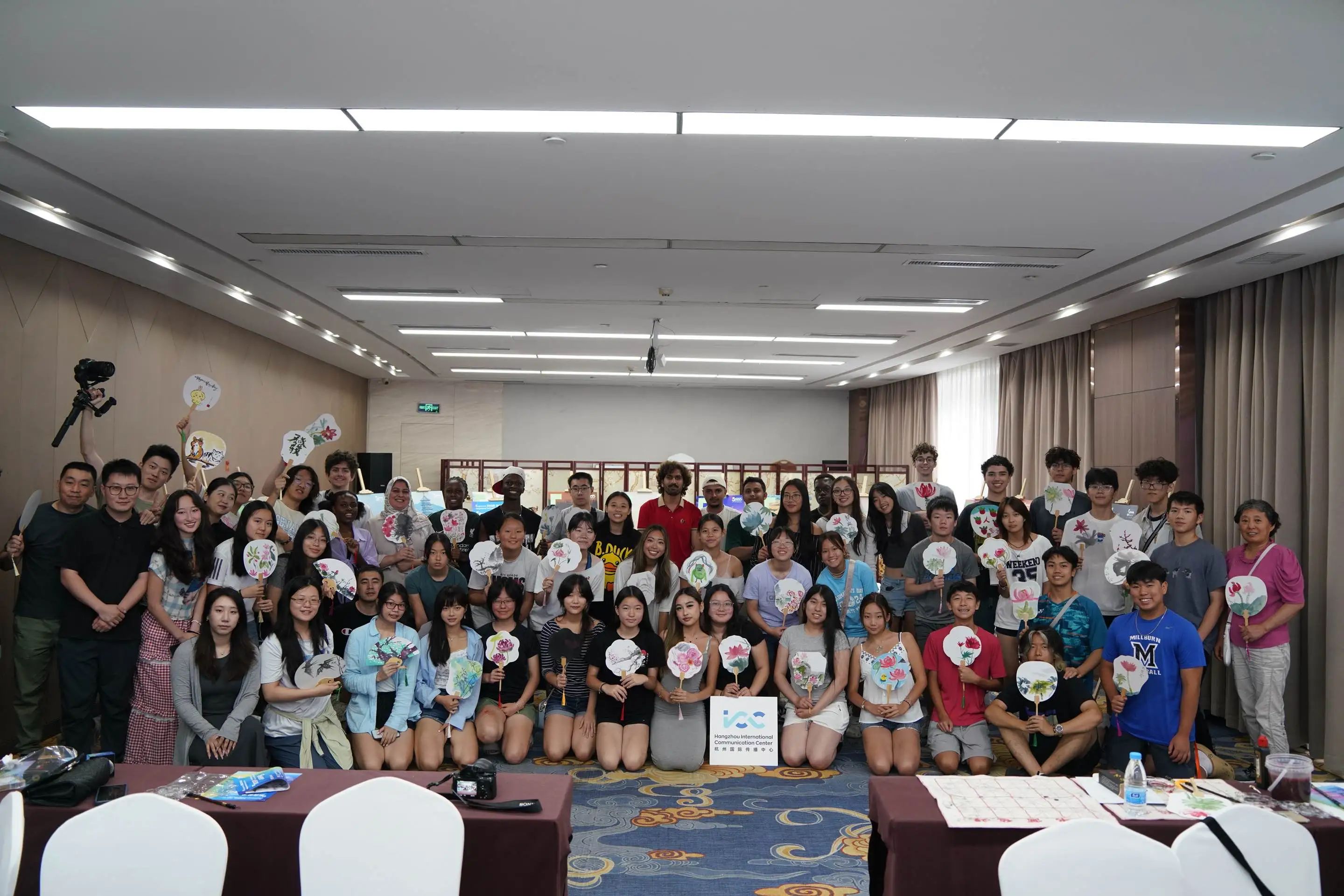
What Is Chinese Calligraphy and Painting?
Modern Chinese Art as a Fusion of East and West
How can we better appreciate Chinese calligraphy and painting? What defines contemporary Chinese art? To help international students gain a deeper understanding of Chinese visual traditions, Professor Tang Kuan began by exploring the intersections between Eastern and Western art. Through the analysis of famous works by celebrated artists, students were immersed in a rich artistic atmosphere.
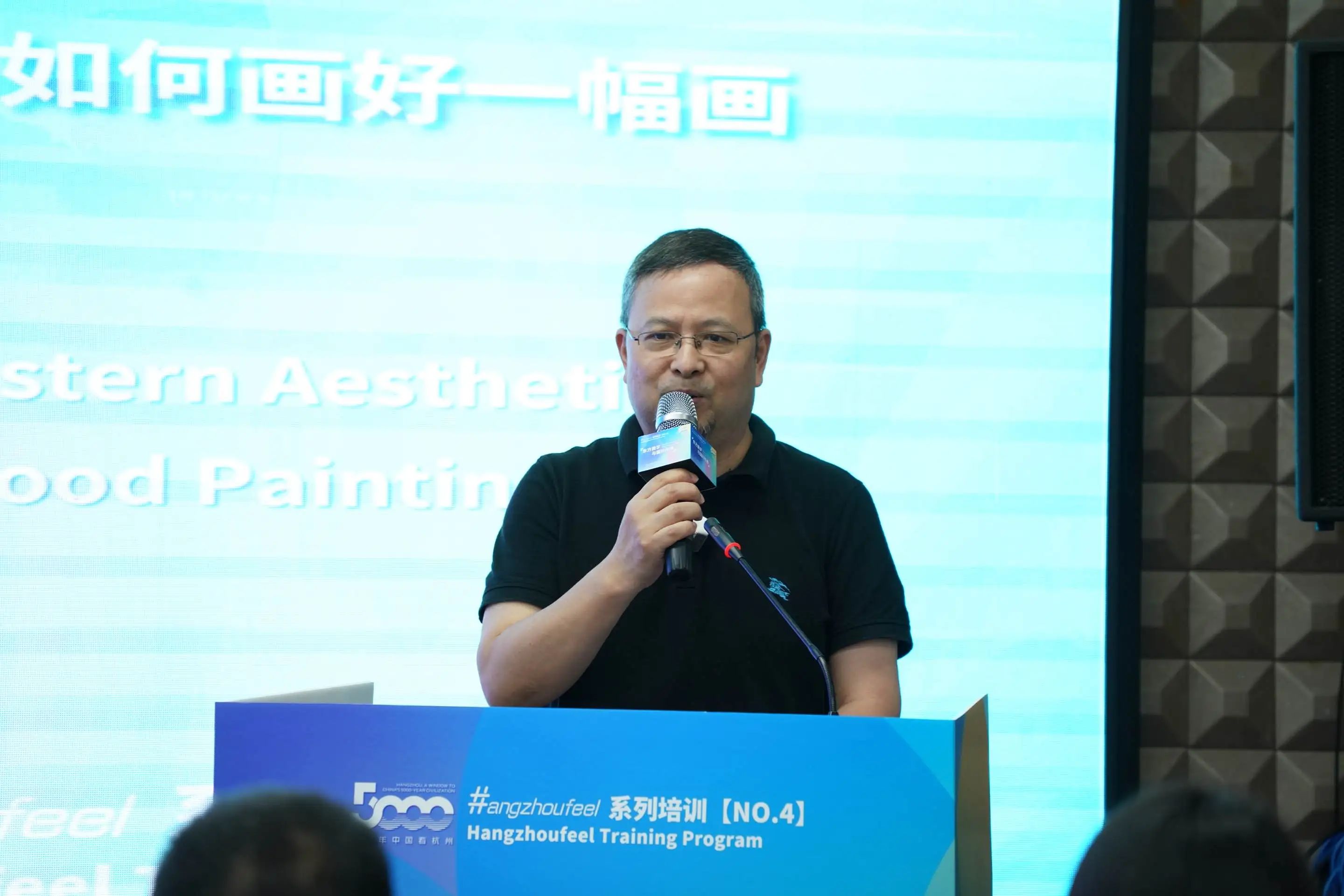
Calligraphy, Tang explained, can be traced back to the origins of Chinese characters. From oracle bone inscriptions and bronze script to large seal script, small seal script, and clerical script, and later to cursive, regular, and running script during the Han and Wei-Jin periods, Chinese calligraphy has continuously evolved while retaining its unique aesthetic vitality. “In contemporary times, many artists integrate Chinese calligraphy with Western art forms to find new breakthroughs,” Tang said. When the students pondered how Chinese calligraphy could incorporate Western elements, Professor Tang introduced the abstract “chaos script” (luànshū) works of Wang Dongling. Wang's work, which resembles neither clerical, running, nor regular script, shares notable similarities with Western abstract expressionism. “This is how Eastern artists, after coming into contact with Western art, are reimagining our traditions in conversation with global visual languages — forging a shared aesthetic understanding,” Tang noted.

Chinese painting, like calligraphy, also harbors the mastery of generations of artists. Tang carefully selected works by Wu Guanzhong, Zao Wou-Ki, Pan Tianshou, and Cai Guoqiang to show the diversity of modern Chinese art. From Wu Guanzhong’s meticulous brushwork capturing of Jiangnan’s waterways, to Zao Wou-Ki’s works filled with Eastern charm and tension; from Xu Bing’s woodblock prints of Chinese characters to Cai Guoqiang’s use of fireworks as visual language — Eastern aesthetics are no longer just mysterious symbols, but living, evolving art forms.
Amina Aziz, a Moroccan student from Zhejiang University of Science and Technology, was captivated by Tang’s lecture. She states that she loves traditional Chinese culture, and Professor Tang’s presentation on calligraphy and painting has been eye opening. She plans to continue studying to deepen her understanding of Chinese culture.

Painting the Lotus
Experiencing the Elegance of
Chinese Painting Through Practice
As July rolls around, Hangzhou’s lotus flowers peek out from behind emerald leaves — some just blooming while others remain hidden. Flowers, a staple of traditional Chinese painting, have appeared in the works of many great masters. For this workshop, Zhou Ziqi, a Chinese painting instructor with a master’s degree from the China Academy of Art, selected two iconic lotus-themed paintings to introduce different techniques in Chinese painting. First, she showed Lotus and Dragonfly by Qing dynasty painter Zhang Xiong, who used the mogu (aka boneless painting) technique— where shapes are rendered with color directly, without any ink outlines — to create his piece. In contrast, the Southern Song artist Wu Bing’s Lotus Emerging from Water is a gongbi painting, in which neat and detailed brush works are used to depict the object with precision.
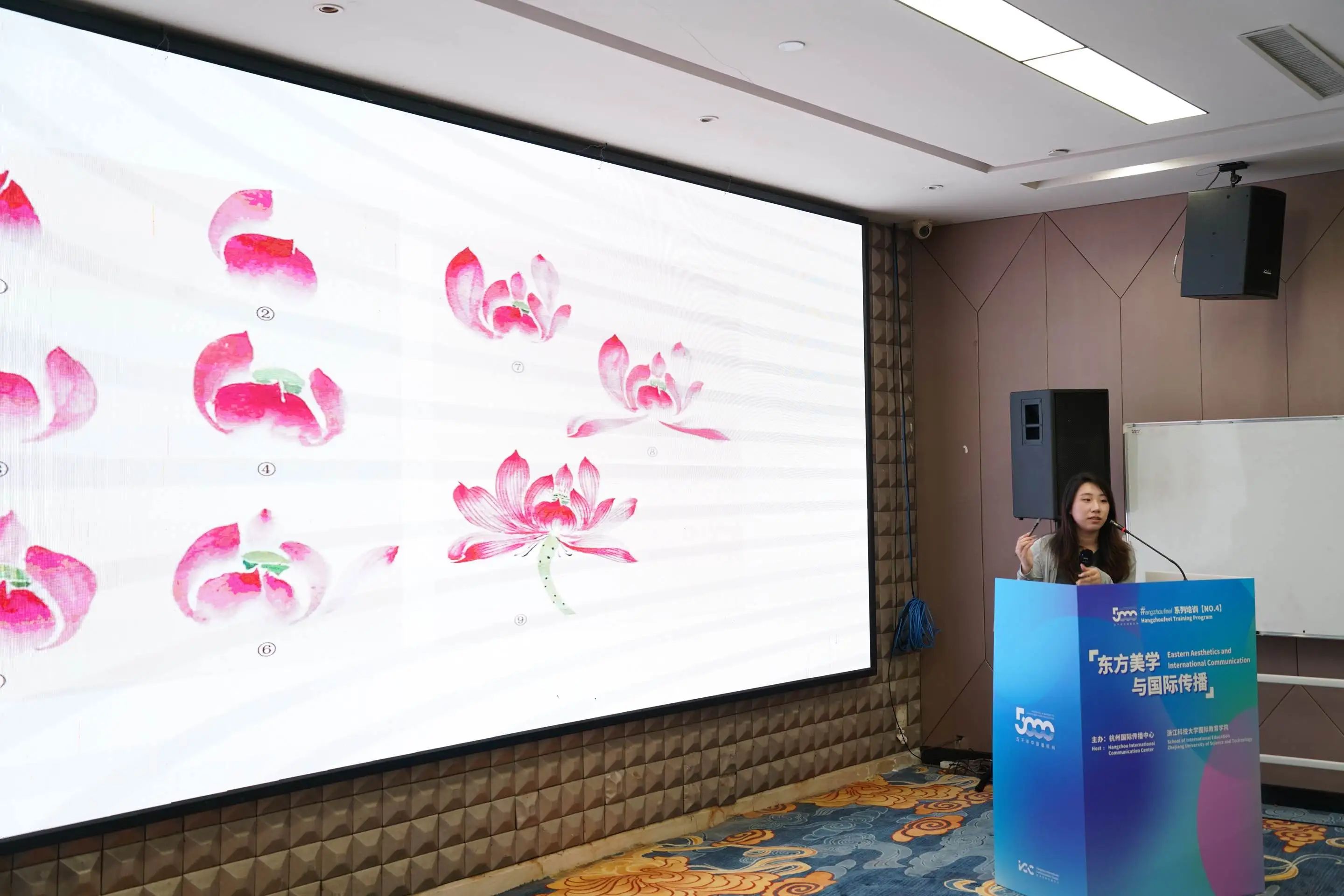
After learning these two painting styles, students followed Professor Zhou’s guidance and practiced basic brush-holding and stroke techniques in preparation for their own creations.
Since the theme was the lotus, Professor Zhou began with a demonstration. She used the colors “huaqing” (Prussian blue) and “tenghuang” (gamboge) to mix the green of the lotus leaves and diluted the red to make various shades of pink for the petals. Students were amazed to learn that such colors are created through careful proportioning. Professor Zhou’s masterful brushwork brought the petals to life on the page, quickly earning spontaneous applause.
After watching the demo, many students couldn’t wait to start painting. But once the brush hit the paper, they realized controlling the brush was much harder than it looked. Professor Zhou patiently went from table to table, guiding students on brush pressure and color control.
Despite being first timers, many students showed natural talent. After a few tries, vivid lotus flowers bloomed on the page. Some even branched out, painting their favorite designs— roses, maple leaves, peonies — all beautifully displayed with care and creativity on their fans.
Leslie Dong, a student from the United States, he was thrilled to recognize familiar names among the artists presented by Tang Kuan and thought traditional Chinese art was “very cool.” Having only taken one Chinese art class before on simplistic landscape painting, this in-depth experience left a lasting impression.
Alsabri Abdullah Abdulaziz Mohammed Saeed, an international student from Yemen, also shared his perspective on Chinese calligraphy: “Before, I only saw calligraphy used for writing names or simple words. But the pieces I saw today were much more complex and more importantly, they seem to carry a deeper meaning.” Though he initially found some works “messy,” this complexity intrigued him. “I don’t understand them, but I know these words mean something. I want to find out what it is. Even if I don’t get it yet, I’ll look them up and learn more about calligraphy— I think it’s very interesting”.
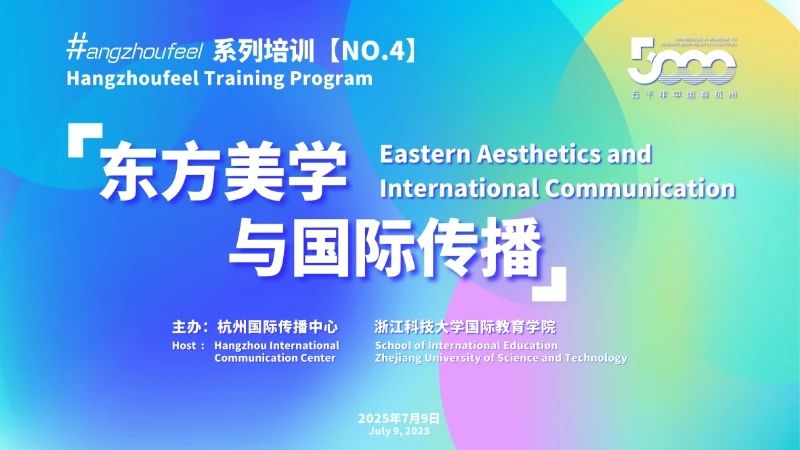
As part of the “Hangzhou, A Window to China's 5,000-year Civilization” event, the Hangzhoufeel training program continues to be launched by the Hangzhou International Communication Center. This series invites renowned experts and scholars across disciplines to explore international communication strategies, promote interdisciplinary research, and enhance global communication capacity. Eastern aesthetics is only the beginning — future workshops will bring even more innovative perspectives and hands-on activities, opening broader international horizons for all participants.
Source:Hangzhoufeel




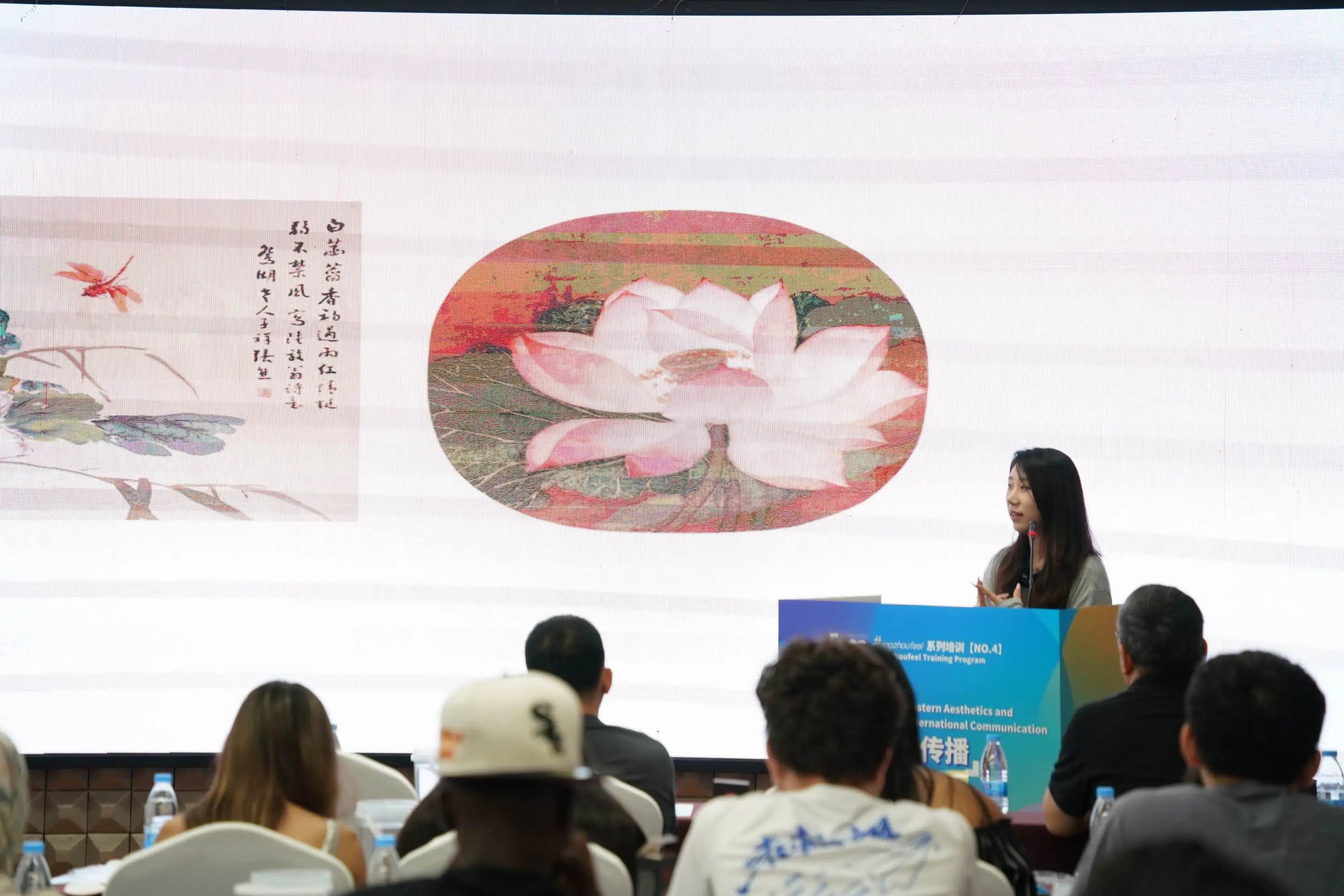

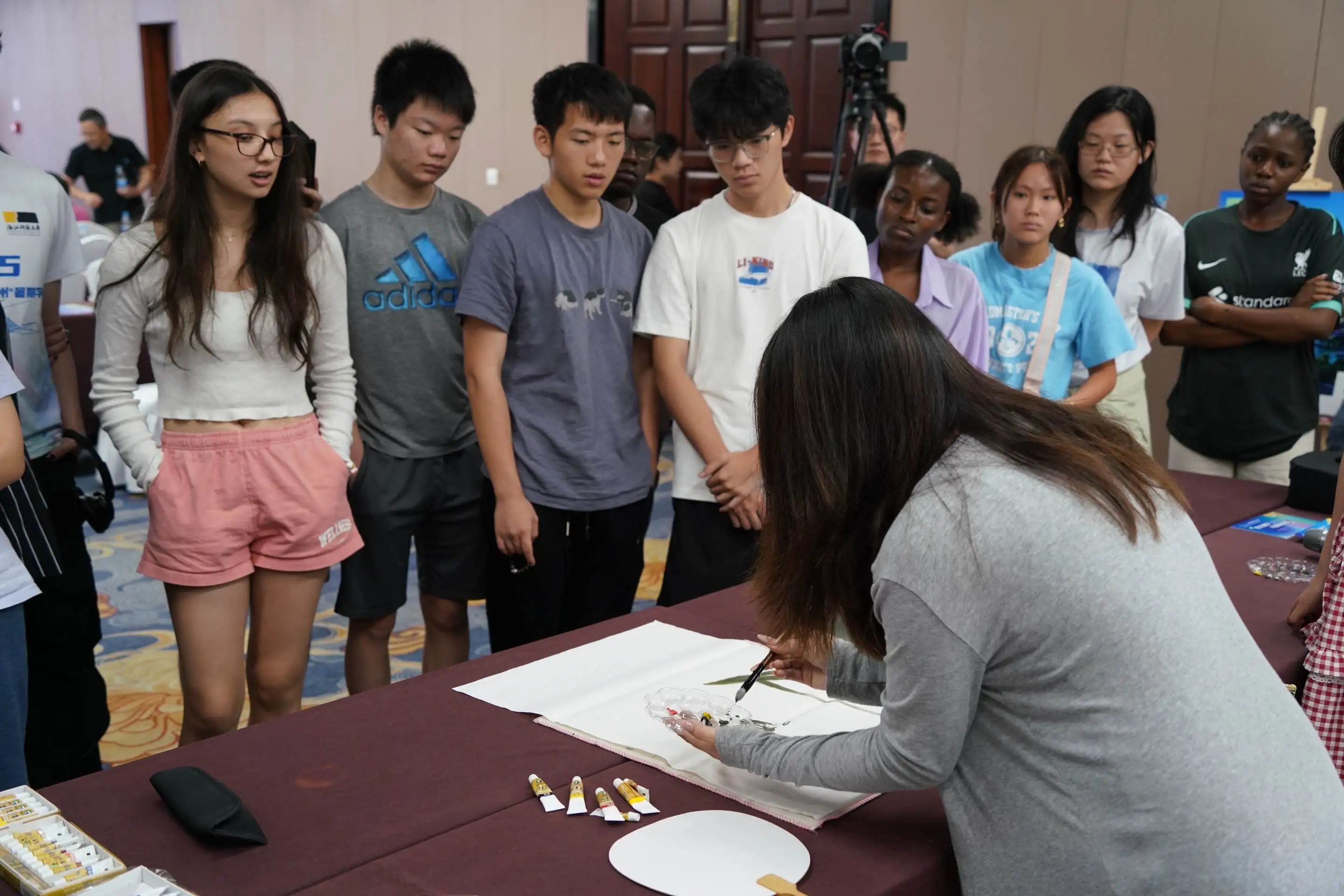
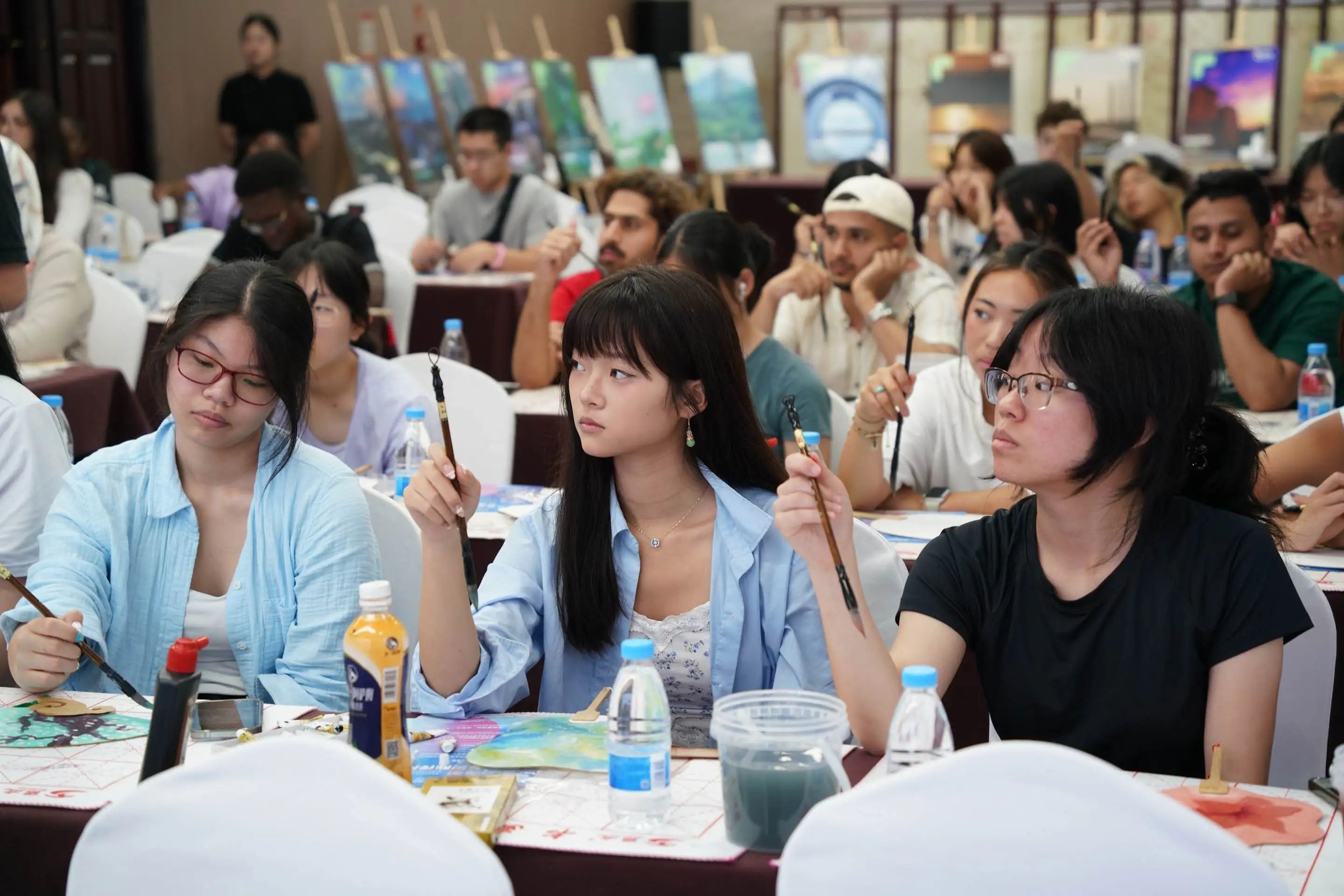
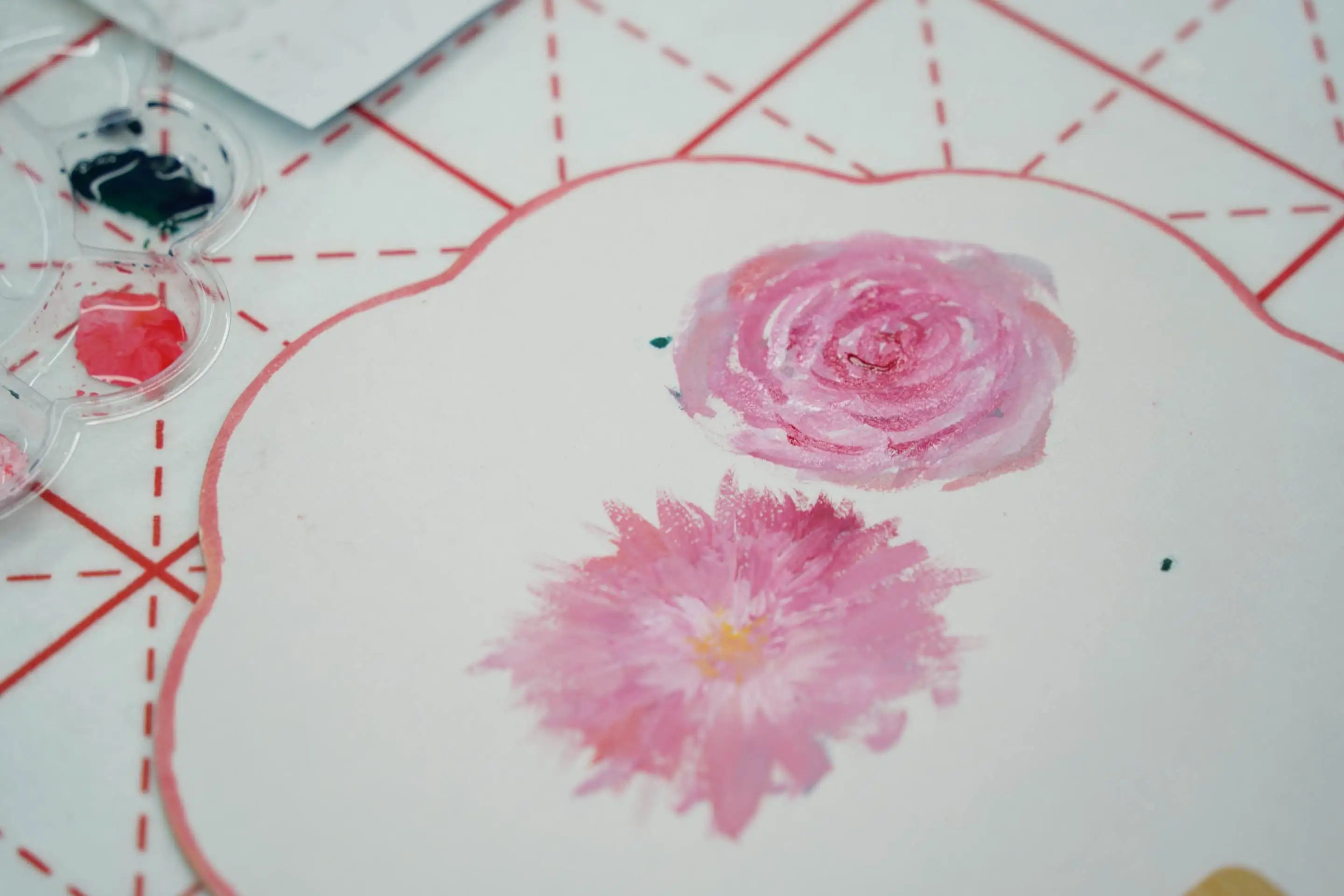


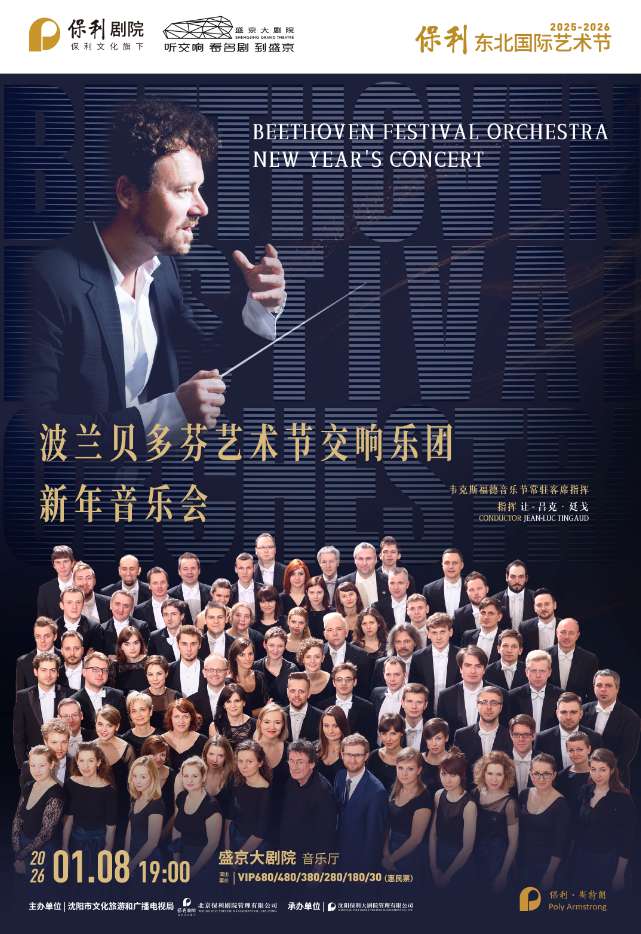
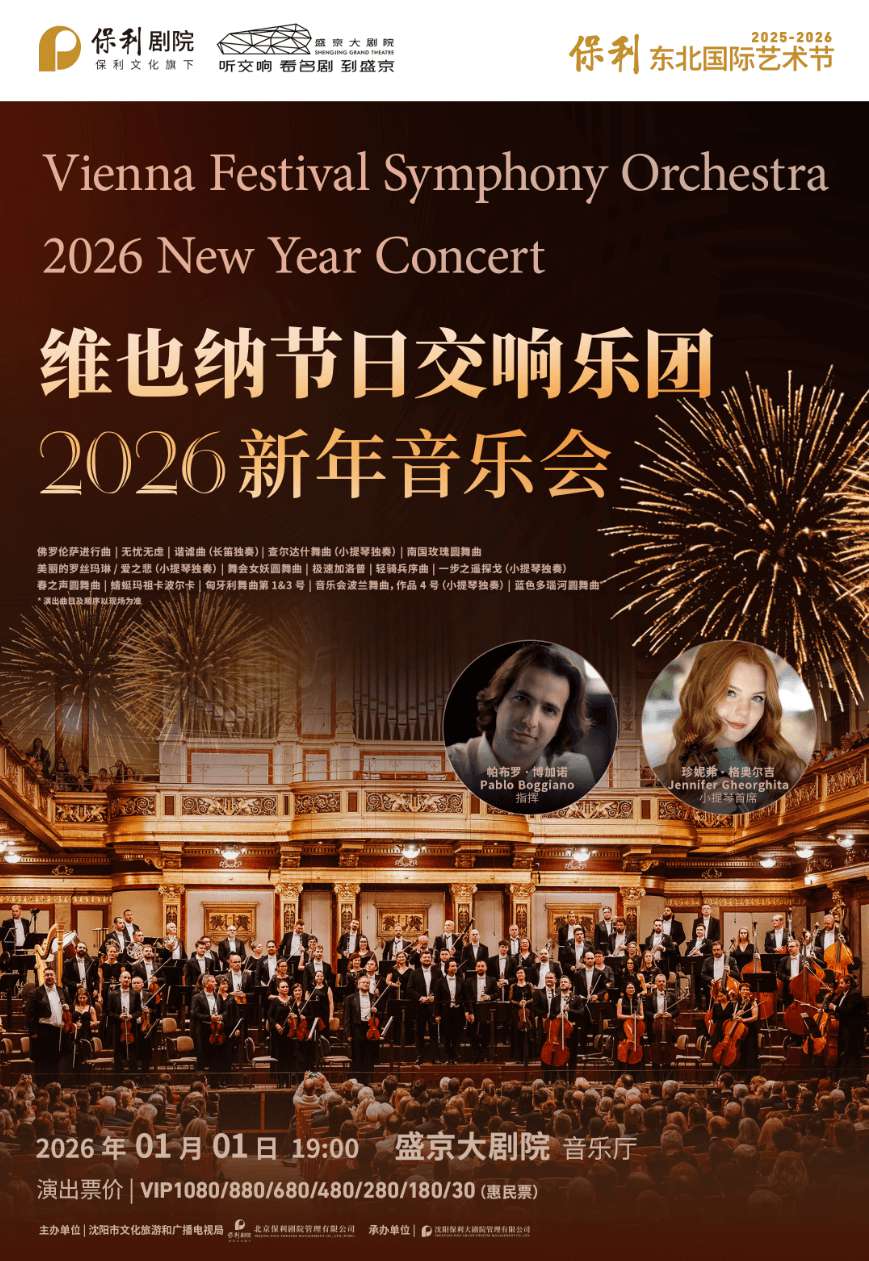
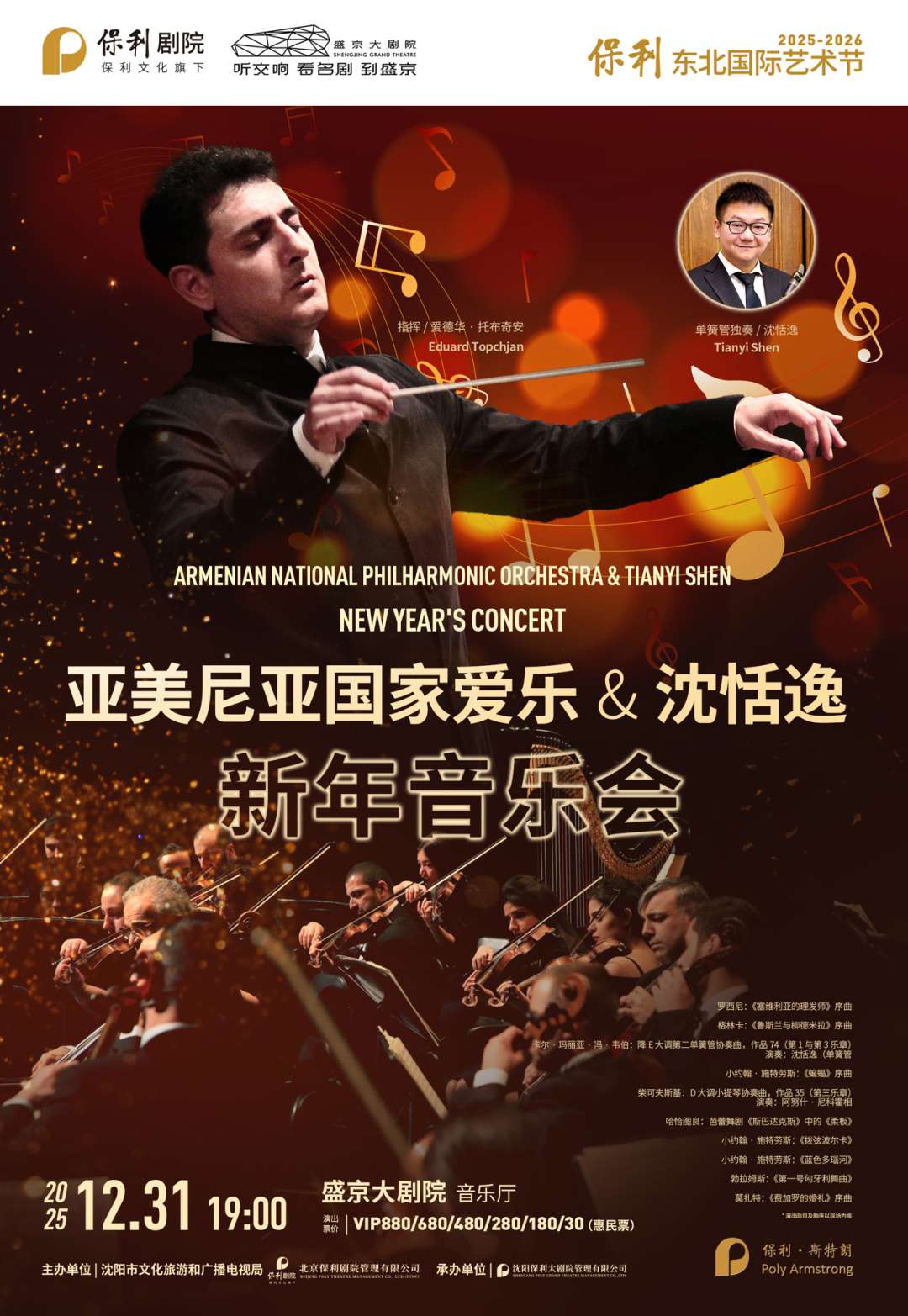
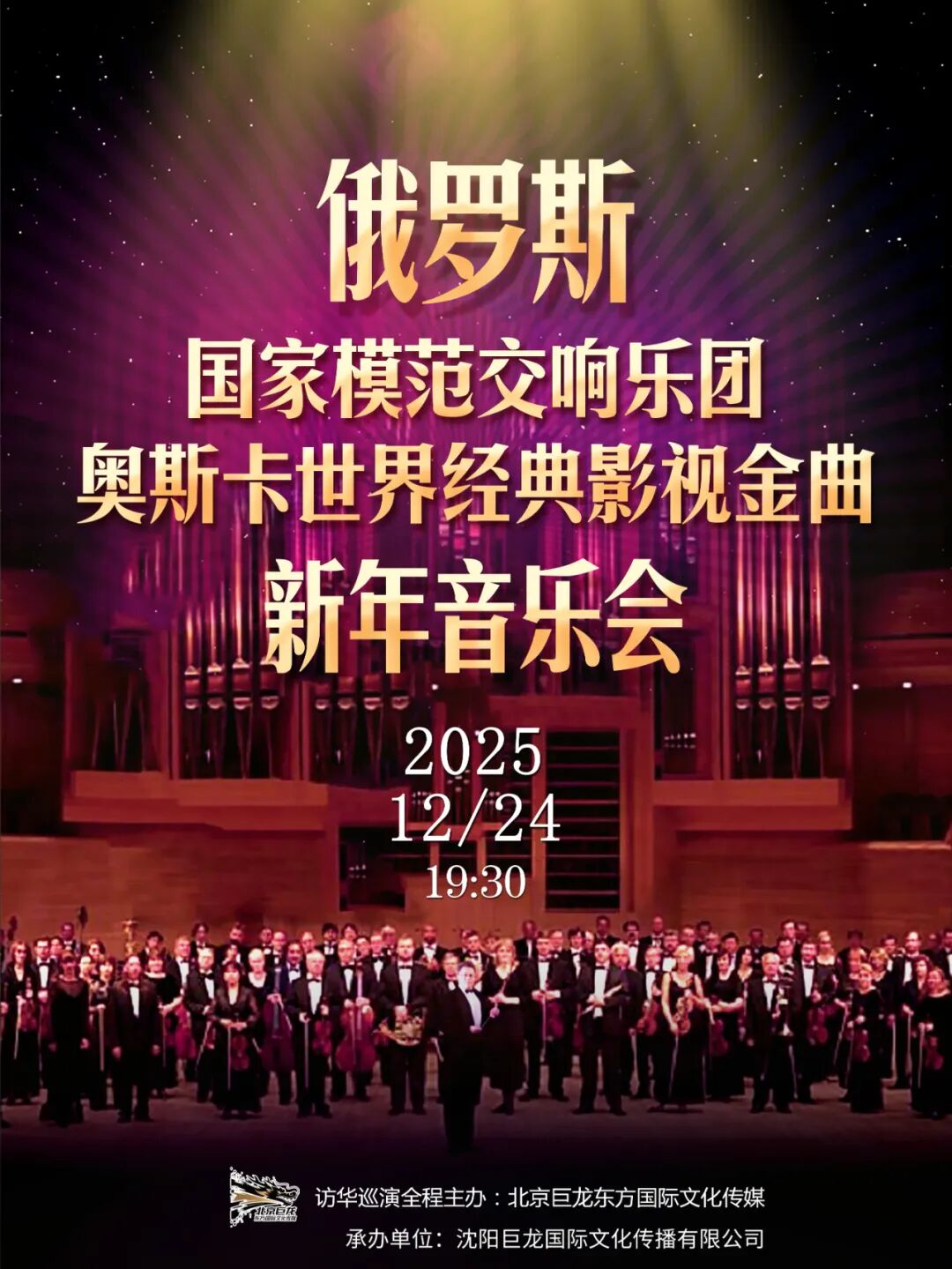
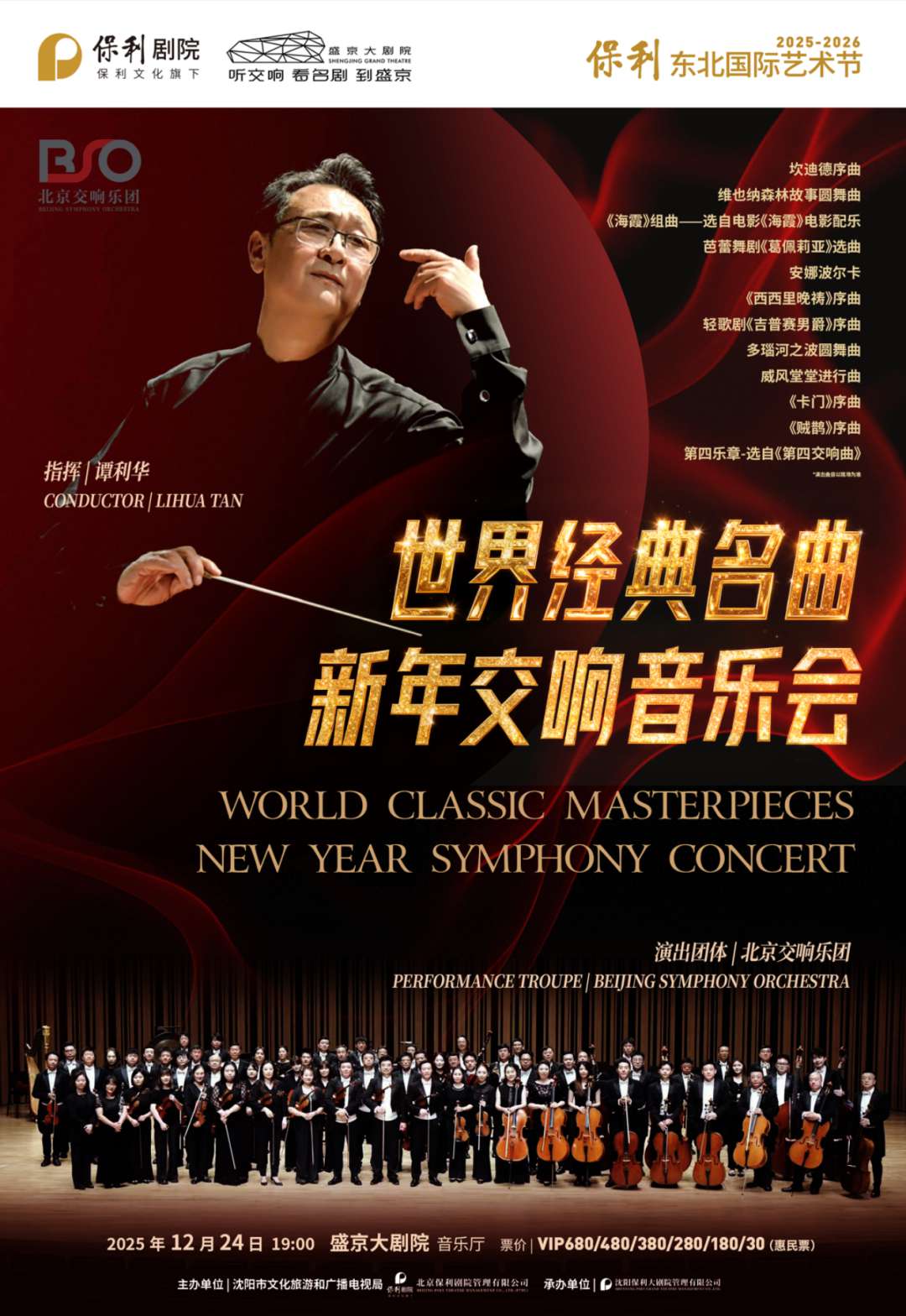


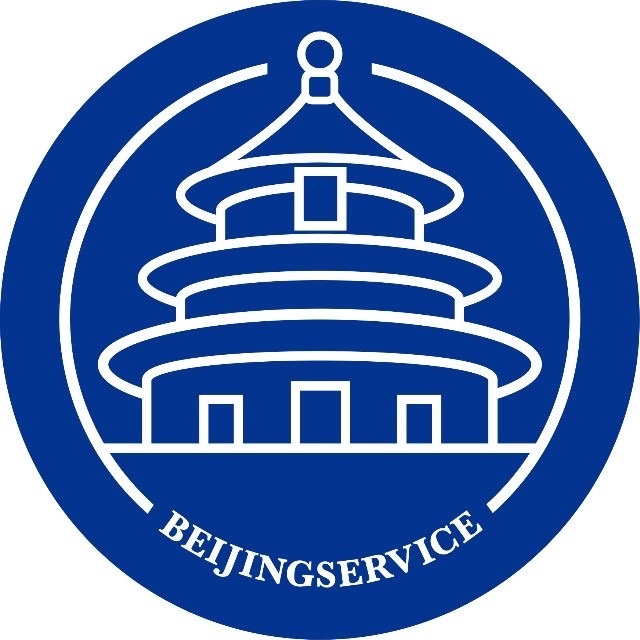
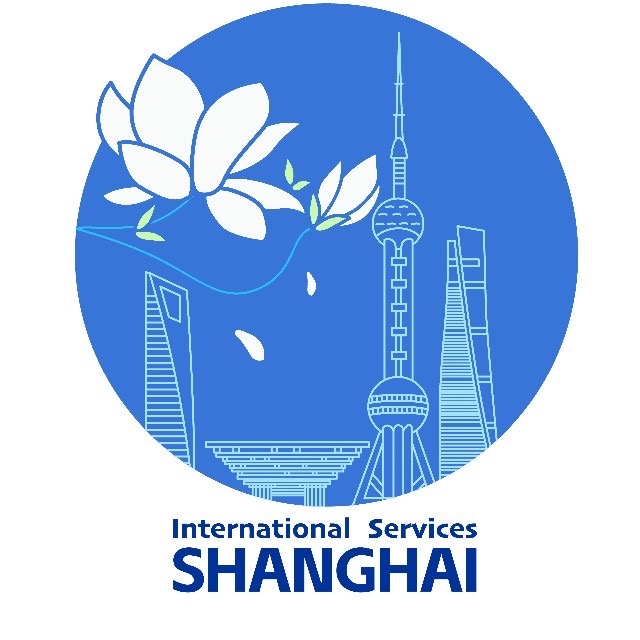



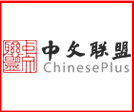
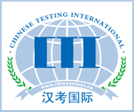
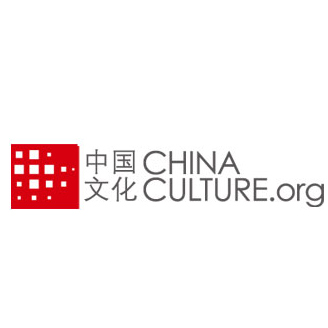
 京公网安备
京公网安备